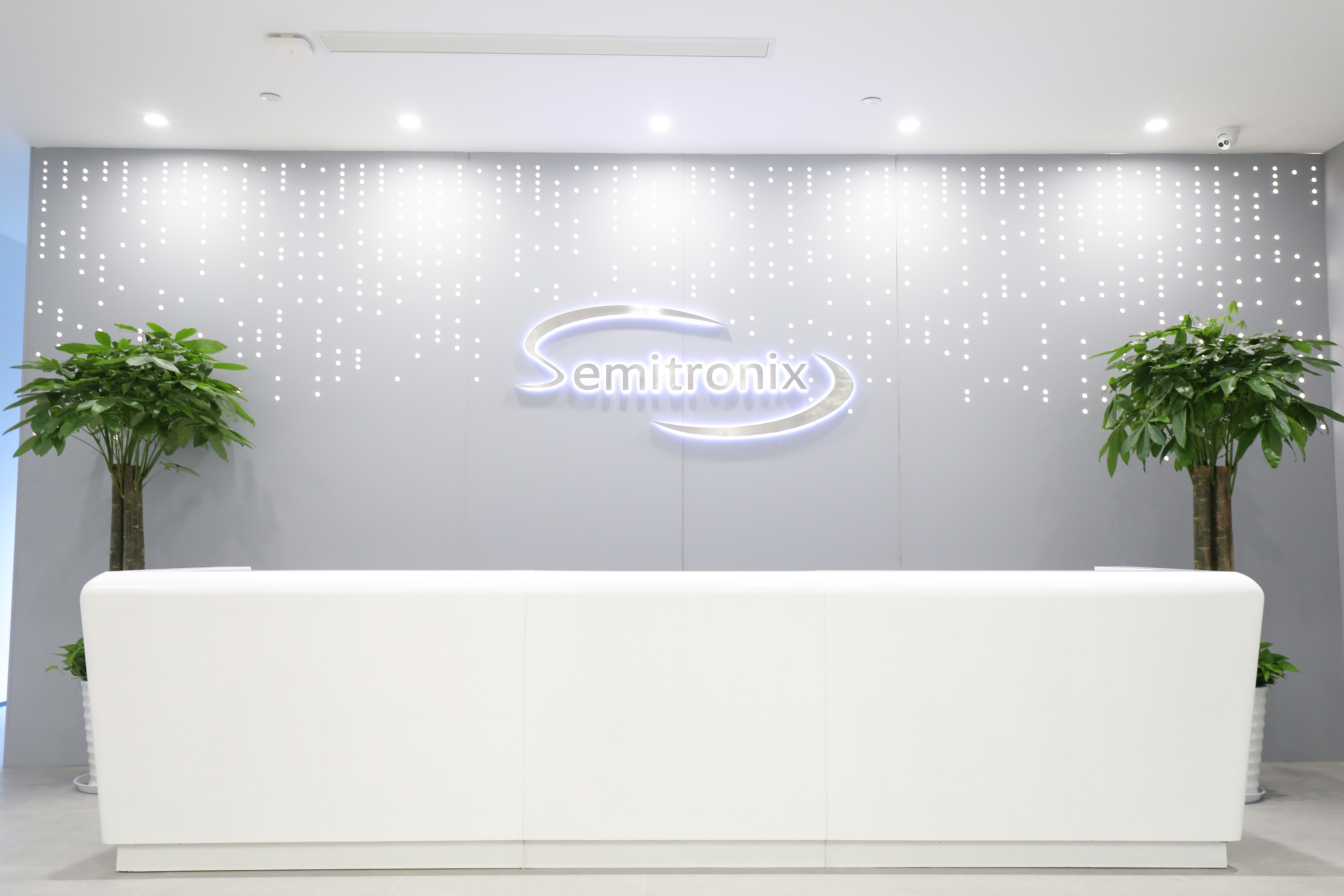
Note the different photoresist products in the middle table.
left table have the different Photoresist materials like monomer, resin, solvent, photosensitive material & others

A couple of charts to show where domestic firms are at with photoresist
Xuzhou B&C Chemical should be getting Arf photoresist orders this year. Its iLine & Krf products are already in production. They are quite the strong player in supply chain
2023年高端A胶及K胶在国内晶圆厂订单逐步起量。国内最好的光刻胶公司,今年会看到收入订单、盈利拐点,高端A胶国内从0-1放量突破的拐点。参 股子公司徐州博康是国内半导体光刻胶领先企业,已实现 I 线胶和 KrF 胶批量生 产,多款 ArF 胶(含 ArFi 胶)处于研发改进中
从产业链布局来看,
是国内唯一一家拥有完备的光刻胶自供应链(单体+树脂+光酸+光刻胶),可以完 全实现由初始原料到成品胶的自主化生产的企业
According to this RA Chem is the leader in the amount of photoresist being supplied. It suppliesKRF, GLine & iLine photoresist already. 6000t annual production planned
国内领先的半导体光刻胶龙头厂商,产品以 G/I 线胶和 KrF 胶 为主。通过并购北京科华实现半导体光刻胶业务布局,北京科华在国内 G 线胶和 I 线胶市场份额处于相对领先位置,KrF 胶已量产,且在 Poly、AA、Metal 等关键层工艺实现重大突破,规模处于国内领先。
从产能看, 公司全部投产后,光刻胶产能达 6000 吨。
This is Jingrui. Another one producing iLine. KRF photoresist has just started selling. bought Arf lithography machine to speed up development of Arf photoresist
已实现 G/I 线量产,KrF 胶实现小额销售,并已购入 ArF 光刻机加快进行 ArF 胶研发。拥有:负型光刻胶系列、宽谱正胶系列、G 线系列、I 线光刻胶系列、KrF 光刻胶系列等数十个型号产品
A little more blurb on RA Chem. It bought Kempur & Beijing BAE
公司是全球领先的新材料综合服务商,业务涵盖电子材料、可降解材料、以及汽车/轮胎用特种材料,业务范围覆盖全球40多个国家和地区,电子材料业务主要涵盖半导体光刻胶及配套试剂、显示面板光刻胶和电子酚醛树脂等产品,公司外延并购北京科华、北旭电子形成光刻胶双龙头,发力高端光刻胶,已实现从电子酚醛树脂到成品光刻胶的完整布局,主要以G 线、Ⅰ线和KrF光刻胶为主,均实现量产。北京科华是唯一被SEMI列入全球光刻胶八强的中国光刻胶公司,批量供应KrF光刻胶;北旭电子是国内面板光刻胶领先企业,TFT正性光刻胶在京东方占有 45%以上的份额。公司是目前国内高端光刻胶技术的引领者。
Kempur supplied most KRF photoresist in China
Beijing BAE supplied 45% of TFT photoresist for BOE
2021 年公司半导体光刻胶业务实现营业收入 1.15 亿元元,同比增长 28.80%;公司半导体用 G/I 线光刻胶产品较上年同期增长 50.22%;KrF 光刻胶产品较上年同期增长 265.80%。公司G线光刻胶的市场占有率达到 60%;I线光刻胶和KrF光刻胶批量供应于中芯国际、华虹宏力、长江存储、华力微电子、武汉新芯、华润上华等 13 家 12 寸客户和 17 家 8 寸客户。子公司北京科华的 I 线光刻胶已接近国际先进水平,其种类涵盖国内 14nm 以上大部分工艺需求;KrF 产品在 Poly、AA、Metal 等关键层工艺完成了重大突破,获得客户批量使用;同时 TM/TV、Thick、Implant、ContactHole 等工艺市占率持续提升。
It has 60% GLine photoresist market
iLine & KRF customers include SMIC, Huahong, YMTC, HLMC, XMC Wuhan, CR Micro - 13 12-inch clients and 17 8-inch client
It can cover iLine need for all the domestic processes
made significant break through for KRF in Poly/AA/Metal area. Got massive adoption
公司光刻胶产品线丰富,2021年新增21支新产品通过客户验证并获得订单,新产品销售额在半导体光刻胶总收入中的占比达到25.96%创历史新高。产品序列方面,21 支新品包括248nm光刻胶 10支,I 线光刻胶 9 支,LED 及先进封装用光刻胶 2 支,如国内首款248nm负性光刻胶 DKN 系列产品,高分辨I线光刻胶C7600系列产品及厚膜 ICA 光刻胶C9120系列产品;用户产线水平方面,公司12寸客户增至 13 家,增长 160%,8寸客户增至17家,增长 70%,8-12寸用户销售收入持续提高。
In 2021, developed 21 new product, 10 KRF, 9 iLine & 2 packaging photoresist products



